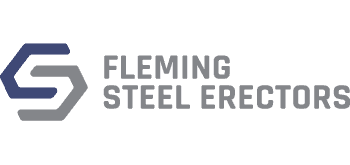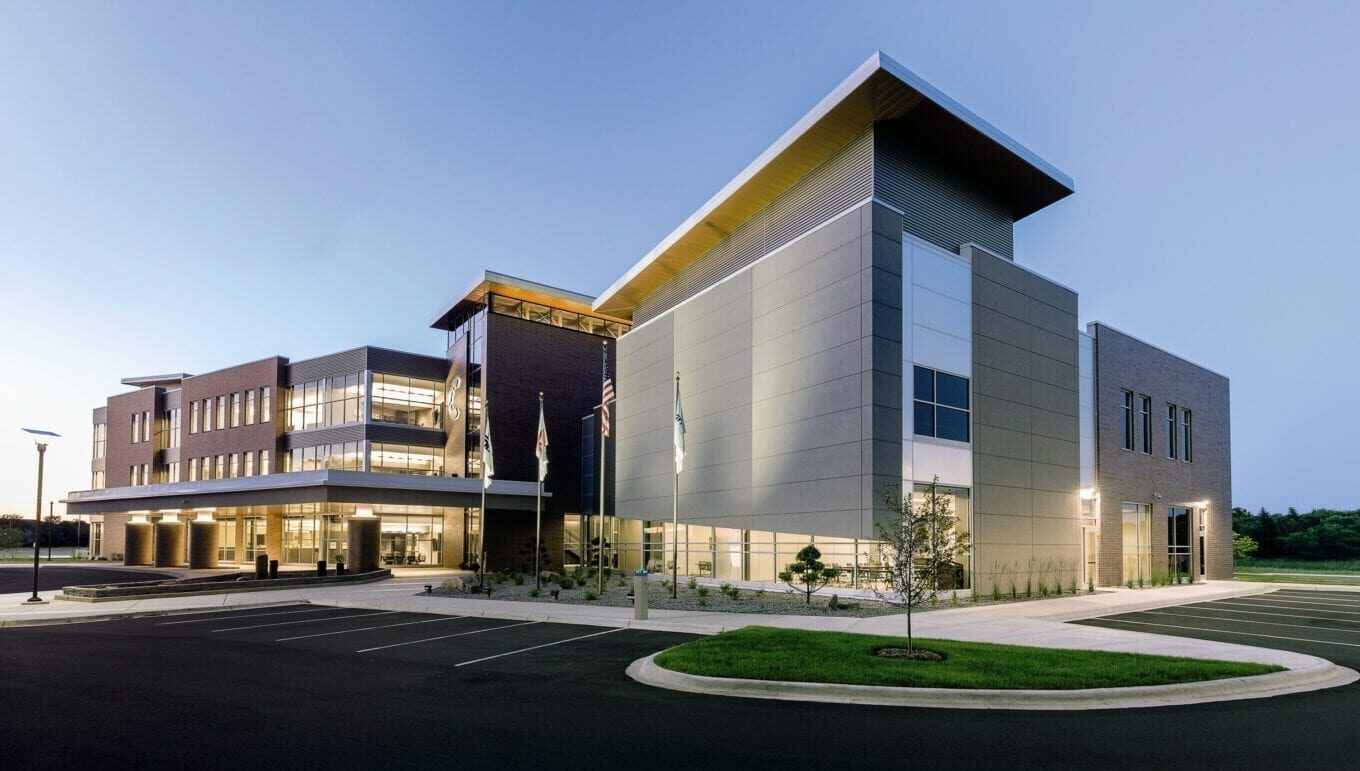Do PEMB’s Fall Into the Sustainable Building Category?
Sustainability and efficiency in both initial construction and ongoing management are important considerations when planning a new build. Concerns about climate change and a focus on responsible resource management are driving decisions more than ever before. That is why more and more commercial building owners are choosing the pre-engineered metal building over traditional construction. This article sets out to examine what makes the pre-engineered metal building a superior sustainable building option in terms of cost effectiveness, long-term efficiency, and environmental responsibility.
With PEMB’s, Being Cost Effective and Being Efficient Go Hand in Hand

One of the greatest advantages of the PEMB is its lower cost relative to a custom build. But, in this case, being cost-effective doesn’t mean cheap. The cost to build a PEMB is lower than the cost of custom construction because of efficiency in design. This efficiency results in less total waste across the board throughout the construction process. A PEMB build is more efficient in terms of materials, time, labor and energy.
With shorter implementation timelines and more efficient use of materials, PEMB handily beats out custom construction when it comes down to price and construction waste, but it is also a more sustainable choice overall.
A Sustainable Building Starts with Sustainable Materials
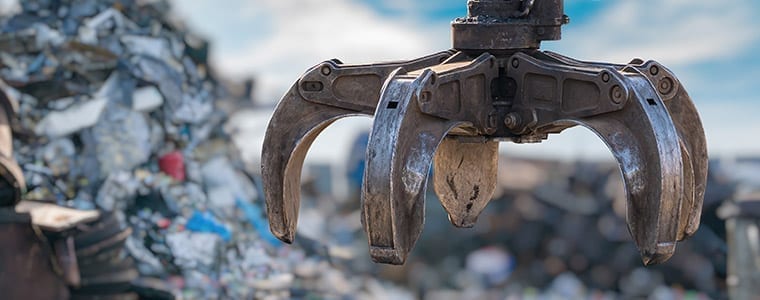
The PEMB has a huge sustainability advantage over traditional wood frame or brick and mortar construction, because most PEMB’s are made from recycled steel, which is just as strong and durable as new steel and is a resource that can be used and reused hundreds of times. Using recycled steel can cut down on the need to mine iron ore and keeps used metal out of landfills. Using recycled steel is also an energy and water efficient choice. The American Institute of Steel Construction states that in recent years “the steel industry has reduced greenhouse gas and overall emissions by 36% and increased the water recycling rate of steel production to 95%.” In fact, the LEED Green Building Rating System, gives the maximum credit to structural steel because of its recycling profile.
According to the EPA, the construction industry generated 600 million tons of debris in 2018 alone, with just under 145 million tons of that debris going to landfills. Ninety percent of that waste came from demolition and ten percent came from new construction. The inherent recyclability of steel can help reduce the overall amount of demolition waste going to landfills. Meanwhile, new construction waste and emissions are reduced because PEMB’s are built in the factory, where there is more control over the building process, excess materials typically are immediately recycled, and there is a reduced need for the operation of pollutive heavy equipment.
Less Maintenance = Fewer Wasted Resources
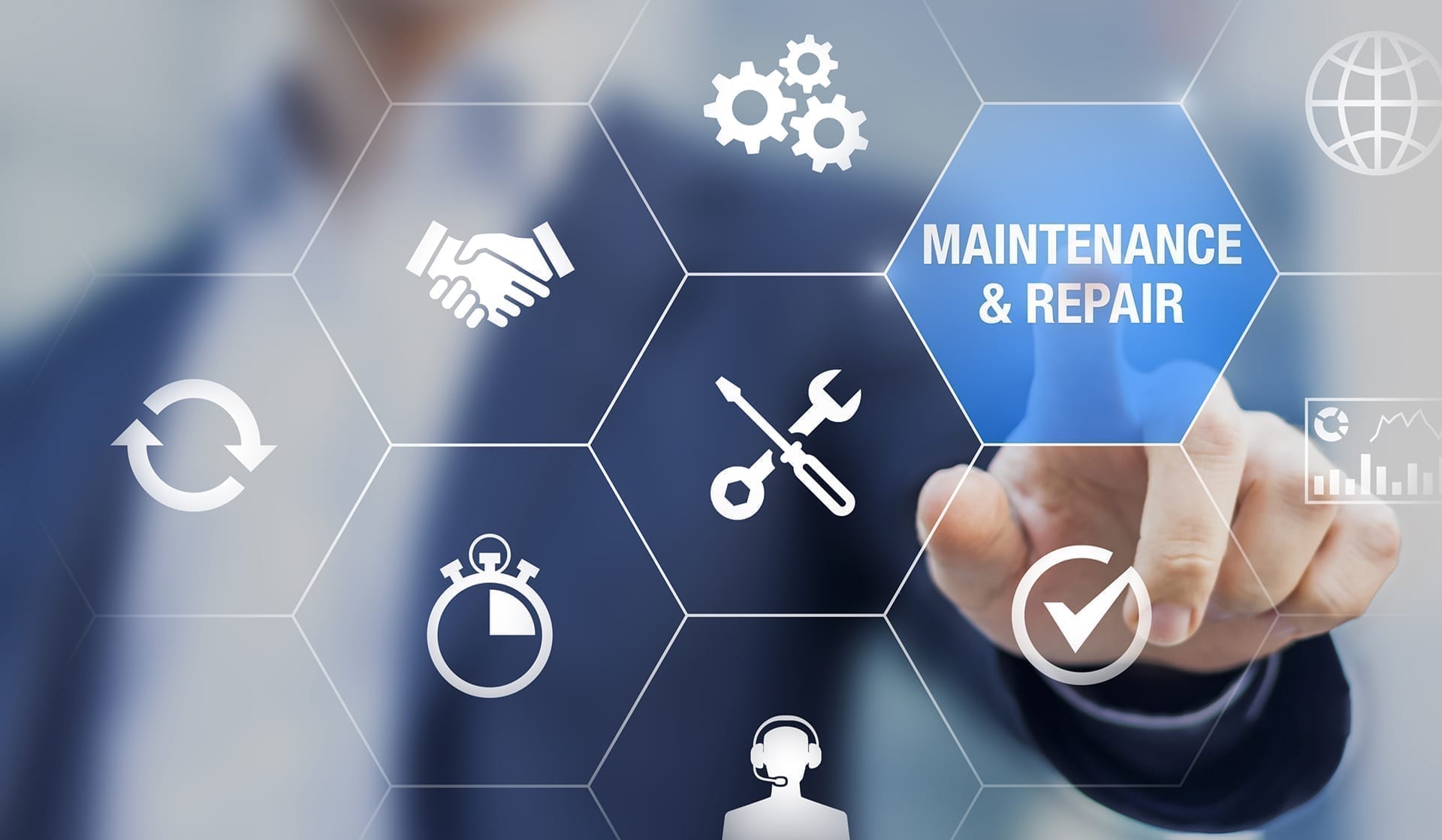
A pre-engineered building typically requires less maintenance and repairs than other types of construction. As far as sustainability is concerned, a better functioning building uses less energy overall. A pre-engineered metal building capped by a metal roof is an ideal combination, because metal roofing helps regulate the temperature inside of a building. Metal roofing reflects heat in the summer and retains heat in the winter, and is capable of saving up to 40% in energy costs related to temperature regulation over asphalt roofing options.
PEMB’s Save Energy and Resources While Also Accounting for Occupant Comfort
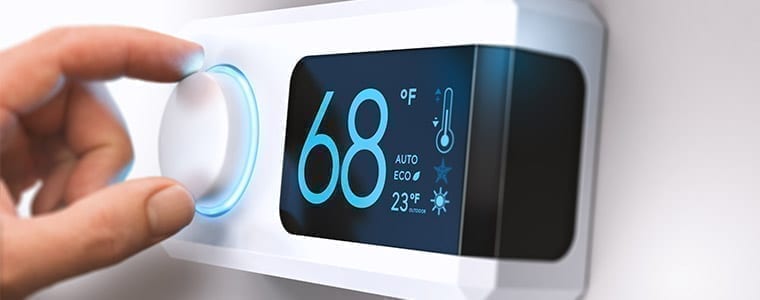
Efficiency and sustainability go hand in hand, and today’s pre-engineered metal buildings are a shining example of this. As the US business community continues to move toward improving and modifying our systems and practices to help combat climate change and operate more sustainably, the PEMB is a natural choice. A quality pre-engineered metal building can save an owner/operator both money and resources, while the superior heating and cooling efficiency provide for occupant comfort at reduced cost over time. With recyclable building materials, the PEMB is a true closed loop system that we believe represents a legitimate pathway to authentically sustainable construction.

